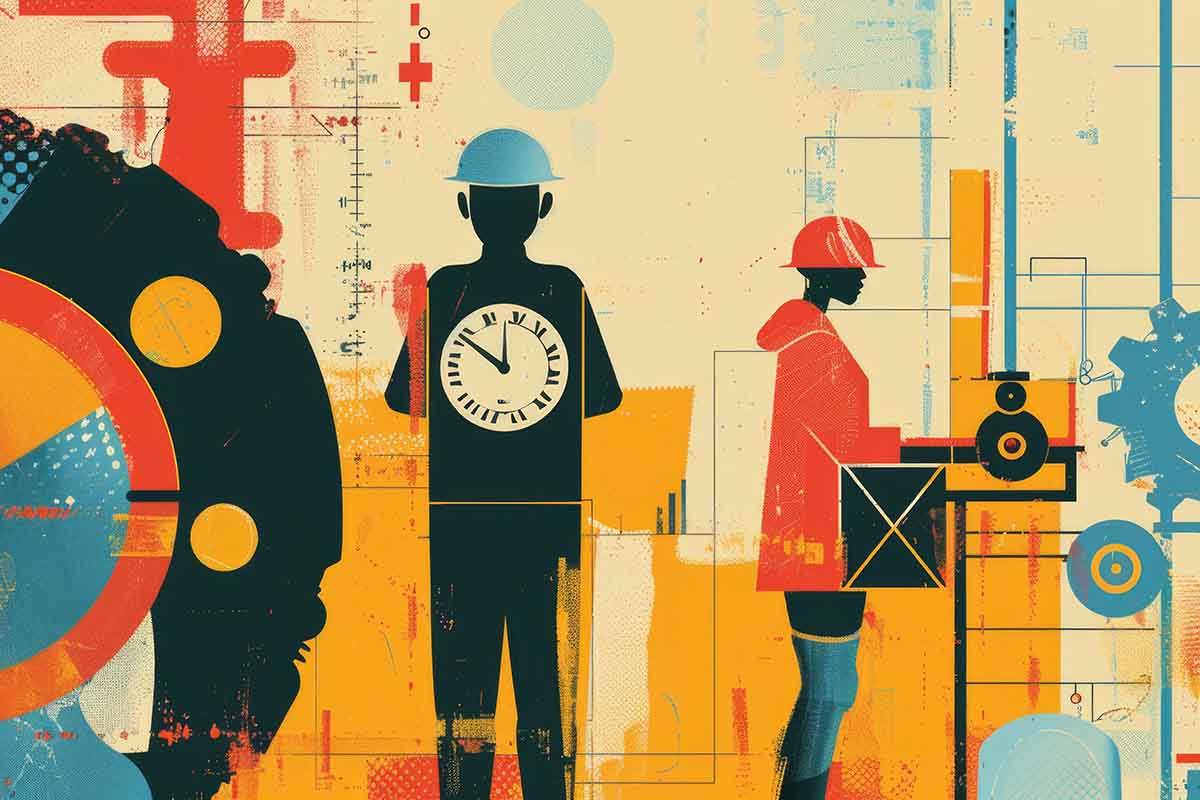Research Roundup: Galactic Collisions, Union Declines, and More
The latest installment of this series highlights work from faculty in physics and astronomy, economics, sociology, and psychology.
Right now, the European Space Agency’s Gaia spacecraft is about a decade into its mission to survey nearly 2 billion objects and create a precise 3-D map of the Milky Way. Penn Arts & Sciences researchers have been able to use Gaia’s data to study the Milky Way’s so-called “wrinkles,” created at moments of impact with other galaxies. What they discovered changes what we know about the formation of our galaxy—one of several findings we share in the latest iteration of our Research Roundup series.
![]()
Galactic Collision

The last major collision of the Milky Way galaxy occurred billions of years later than originally thought, according to research published in the journal Monthly Notices of the Royal Astronomical Society from Assistant Professor of Physics and Astronomy Robyn Sanderson and colleagues.
By studying “phase-space folds” left behind by past collisions—wrinkles Sanderson describes as “cosmic fingerprints”—the researchers could trace the galaxy’s evolutionary history. They determined that stars previously believed to have come from an old merger actually couldn’t: “The pattern that we see them forming,” Sanderson says, “would have changed or faded away by now.”
![]()
Union Declines

From the mid-1950s to today, the fraction of unionized workers in the private sector in the United States dropped from 36 to less than 10 percent. In a National Bureau of Economic Research working paper, Hanming Fang, Joseph M. Cohen Term Professor of Economics, and University of Wisconsin-Madison colleagues delved into this trend.
They found that skill-biased technological changes and right-to-work laws contributed to the union decline, as did the expansion of “social insurance” programs like public health insurance, tax preferences for retirement benefits, unemployment insurance, and job protections.
![]()
Beyond Marriage

Marriage seems like it benefits both parents and children, for a variety of reasons. But in a recent Journal of Policy Analysis and Management paper, Paula Fomby, Edmund J. and Louise W. Kahn Term Professor in the Social Sciences, argues that in reality, it is a “selectively accessed, variable, unstable, and exclusionary institution.”
Fomby suggests that we should instead be prioritizing families by reducing income penalties to single mothers in the United States, fostering economic conditions that “sustain families and relationships,” promoting co-parenting and other familial ties, and building on the strength of extended families and communities. “To support parent and child well-being,” she writes, “we should look beyond marriage.”
![]()
Predicting Drinking

Alcohol misuse can lead to serious consequences, even death, so Joseph Kable, Jean-Marie Kneeley President’s Distinguished Professor of Psychology, and colleagues from Adelphi University hoped to better predict whether someone would engage in such behavior.
To do this, they looked at two tests, the “delay discounting paradigm,” which assesses someone’s preference for a small reward now or a bigger one later, and the “willingness-to-wait task,” which measures how long someone might hold out for a reward before giving up. The latter, they found, proved to be a better indicator of hazardous drinking, showing that people who engaged in this dangerous behavior were less willing to wait for a delayed reward than those who drank minimally. They published their findings in the Journal of the Experimental Analysis of Behavior.



